Peruvian Amazon – 5 Great Reasons to Visit the Rainforest

Macaw Clay Lick in Manu National Park Peru
October 30, 2020
Manu National Park Animals
December 29, 2020Peruvian Amazon – 5 Great Reasons to Visit the Rainforest

The Peruvian Amazon holds the largest share of tourists in Peru. That is because of the rich biodiversity and numerous adventurous excursions to the Peruvian Amazon rainforest.
When talked about its vastness, the Peruvian Amazon acquires the fourth position in terms of the largest rainforest. Owing to the huge area that it acquires. It is home to 7300 flowering plant species, 262 amphibians, 806 varieties of birds, 180 kinds of reptiles, 293 mammals, 700 Ferns and 697 fishes.
The Peruvian Amazon is a renowned hotspot for the lovers of wildlife. The Exotic food, the rich culture and innumerable species acknowledge the question of why do tourists visit the Amazon rainforest. Now, let’s make out the top 5 reasons to visit the Peruvian Amazon rainforest:
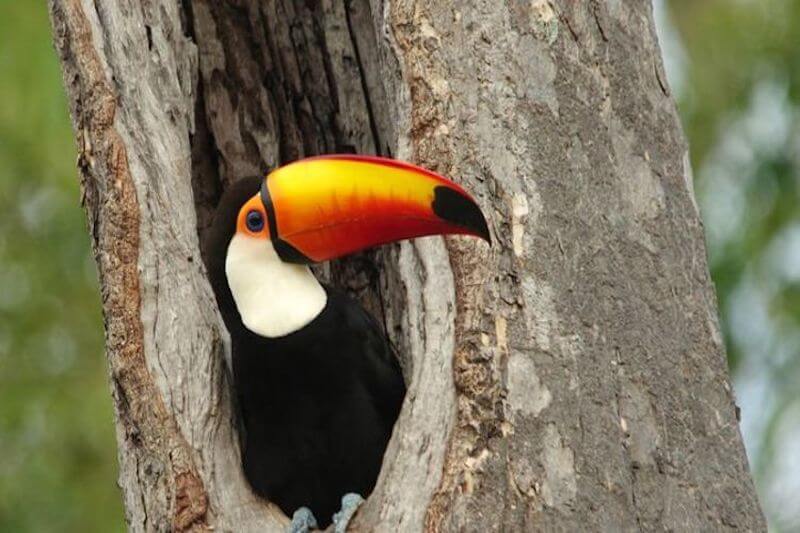
Fauna of the Amazon Rainforest
A visit to the Peruvian Amazon will give you once in a lifetime experience. Seeing the fauna closely and observing the wildlife of the forest is an overwhelming experience.
The Peruvian Amazon covers around 60% of the territory of the country. Therefore, it is totally understood why it has enormous diversity in terms of birds, animals, reptiles and mammals. The black, red howler monkey, the Saki monkey, Night monkey and the Iguanas can be seen.
People mostly come here to see the Pink Toad, tarantulas, the tiny poison dart frogs, the giant Otters and the giant armadillos. The amazing river cruise amidst the Amazon basin has plenty of experiences to unleash while your boat excursion you will come across river dolphins.
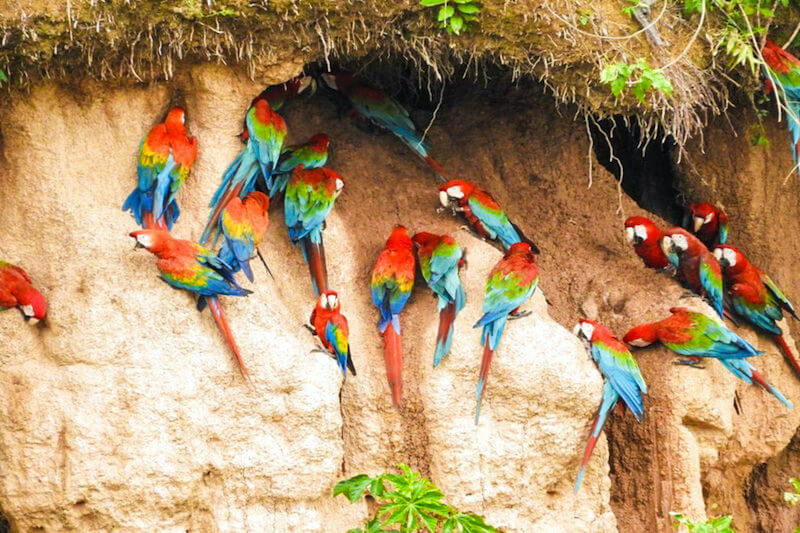
Bird Watching Activity
The Peruvian birds are of more than 1800 types. The endemic number is around 140. Peruvian Amazon has the largest number of birds.
The Amazon of Peru holds many avian activities and bird watching sessions. It will be a total fun experience scanning the trees and discovering new species of birds with the binoculars. Birding guides are also available to help you in having a better Birds spotting activity.
These birds are of various shapes, colours and size. Some of them are manakins, humming birds, puff birds, bee-eaters, parrots, macaws, grey-headed kite, Spectacles owl and toucans.
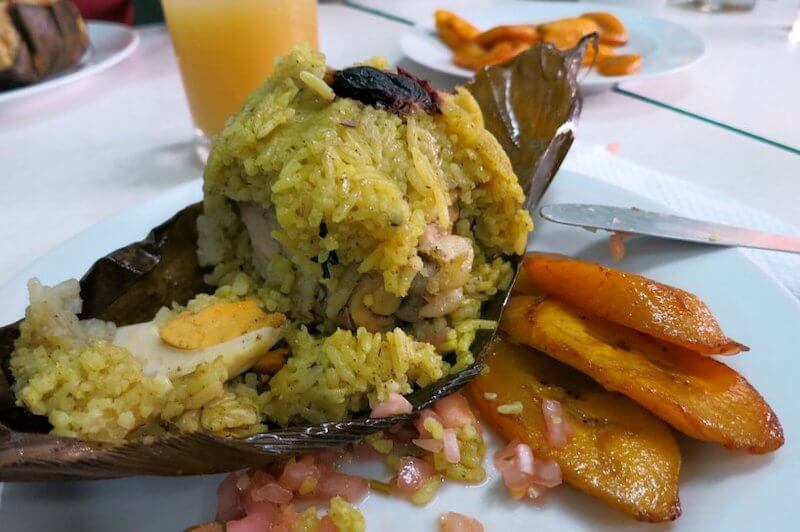
Peruvian Food
Peru has its very own food culture that has a refreshing taste. The Peruvian cuisines are a total delight for the travellers. The food is simple yet holds the natural taste of the foodie paradise.
Peruvian dishes are popular drawing inspiration from Italy, Africa, Spain, China and Japan. The food variety is not very extensive. They prefer simple food but the flavours are very fresh and different from the usual ones.
Juane is one of the most delicious dishes in Peru. It is prepared from meat, rice, beans, olive and eggs. The egg is covered with the bijao leaves and then boiled. It is their tradition to serve it at the time of the Catholic Feast of San Juan.
Some of the other dishes are patarashca and tacacho. The Patarashca is made from fish. They marinate the fish first and then wrap it with bijao leaves. The tacacho is made from plantain, chicharones and chorizo.
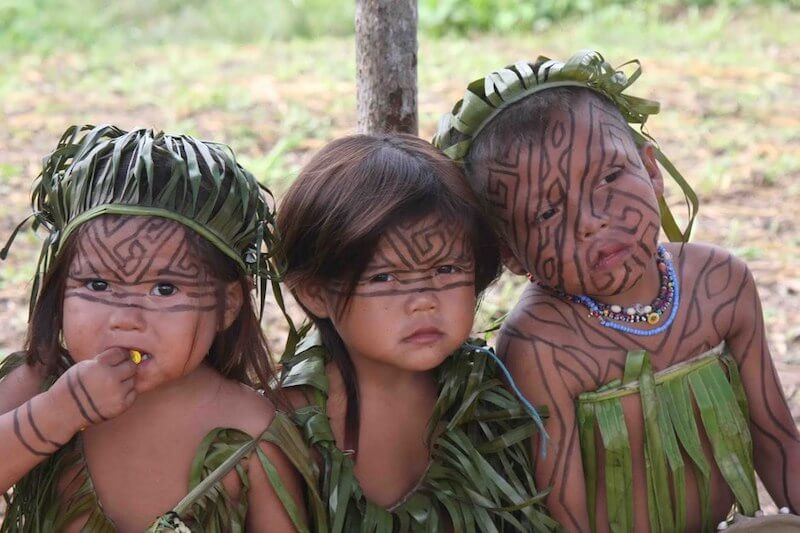
Knowing the Maijuna People of the Peruvian Amazon
Peru has very less population of Maijuna people left today. The number is even less than 500. They dwell in four villages near the Putumayo River and the Napo River.
The Indigenous Maijuna people occupy the Maijuna Kichwa Regional Conservation Area. This area has innumerable animals. They mainly include Jaguars, Tapirs and the Giant River Otters.
Getting to know the Maijuna community closely is a totally different experience. Their conservation efforts regarding the rainforest, honey production, and their songs and stories have a rich reflection of their culture.
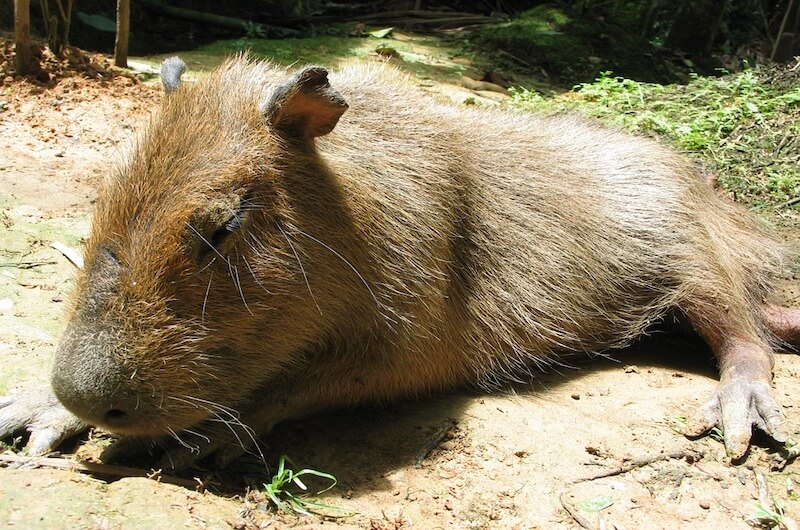
Manu National Park
The Manu National Park is a protected area that lies in the Southeast part of Peru. Apart from the park, it has other stretches namely the transition zone or the cultural zone and the reserved area.
It nestles at the meeting point of the Amazon lowland forests and the Tropical Andes. It has many altitude gradients which supports a wide array of ecological conditions and diverse species.
The various ecological communities and the diversity of landscape make it rich in terms of flora and fauna. It has more than 68 species of reptiles and 800 bird species which make it a great bird seeing spot. More than 1300 species of butterflies live in Manu National Park.
Winding Up
More than 60% of the Peruvian region accounts for the jungle of Peru. The green natural resources, the exotic flora and fauna, the extraordinary ecology, the natural sound, birds, butterflies and beautiful jungle makes it top the list of tourist attractions.
The dry season is the best time to visit the Amazon rainforest. It generally lasts from June to October. Often, it doesn’t rain heavily during these months. It rains almost daily during other months of the year making it difficult to explore. The soil becomes extremely slippery and water-logging persists at every corner of the Peruvian Amazon rainforest.
